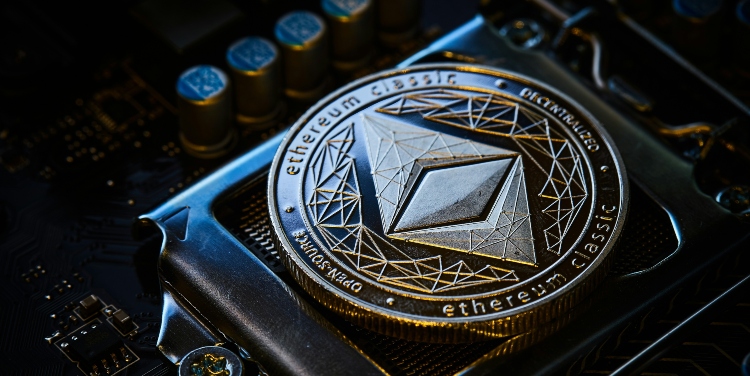Gas fees are an essential aspect of the functionality of Ethereum. Learn how they work, why they increase, and how to reduce them in this guide.
Ethereum is the second-largest cryptocurrency after Bitcoin, and gas fees are a vital component of its functionality.
Understanding gas fees and how they work is critical when buying Ethereum, as this knowledge can significantly impact the efficiency of your transactions and the costs involved.
What are Gas Fees?
Gas fees are linked to the costs of transacting or executing smart contracts on the Ethereum network. These fees are paid in Ether (ETH). ‘Gas’ is a unit of measurement that describes how much computing power is needed to execute certain operations. More complex operations require more gas, and therefore, they have higher gas fees.
These fees are calculated using three primary inputs: base fees, gas price, and gas units.
Gas units indicate how much work is needed to perform a transaction, and gas price will determine how much is charged for each gas unit (denoted in gwei). A single gwei is worth 0.000000001 ETH.
Why Do Gas Fees Fluctuate?
Simple ETH transfers require roughly 21,000 gas units to perform. ERC-20 token transfers cost between 45,000 and 65,000 gwei (0.0009 to 0.0013 ETH), and smart contracts can cost 100,000 gwei (0.002 ETH) or more.
The gas price fluctuates according to network conditions. This means that if there is a large amount of congestion on the network, the gas price may increase, pushing up the gas fees for the transaction.
If the gas price is currently set at 40 gwei, your total gas fee for making a simple transaction would be:
21,000 * 40 gwei = 840,000 gwei, or 0.00084 ETH
The introduction of EIP-1559 has changed the structure of gas fees. A base fee is now automatically applied to all transactions, including purchases, which is adjusted according to network congestion.
Users can also add tips to prioritise their purchases, which further increases costs but may help to make gas fees more predictable.
How to Minimise Transaction Costs
When you buy Ethereum using reputable apps like Best Wallet, there are a few key strategies you can use to minimise the gas fees associated with your transactions:
- Time each transaction. Ethereum is typically more affordable to use when North American users are asleep, as the network is less crowded and gas fees are lower.
- Track gas prices. Gas prices are updated every 12 seconds based on network congestion. If gas prices are high, wait a few minutes. When they decrease, make your transaction to reduce your fees.
- Use layer-2 chains. These chains are built on the Ethereum network and offer more affordable fees. You can use them to minimise your costs for transactions that don’t need to occur on the primary network.
By understanding Ethereum gas fees, you can optimise your network transactions and maximise the value of your assets, leading to the best-value purchases and trades.
David Prior
David Prior is the editor of Today News, responsible for the overall editorial strategy. He is an NCTJ-qualified journalist with over 20 years’ experience, and is also editor of the award-winning hyperlocal news title Altrincham Today. His LinkedIn profile is here.













































































